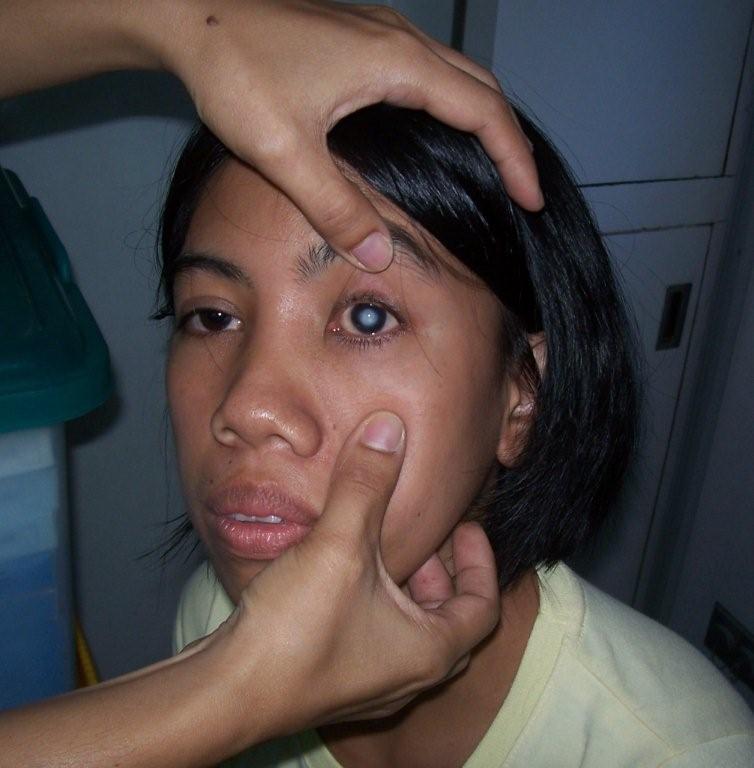How to Detect Eye Cataracts

The disease, which causes clouding of the lens, is called a cataract. It can affect the entire lens or only part of it. A patient’s vision is affected depending on the size and location of opacity in the lens. If the cataract is located on the periphery of the lens, then you do not subjectively feel any change in vision but when it is closer to the centre of the lens you may encounter serious problems with your vision.
Cataract occurs due to pathological changes in components of the lens tissue and protein fibres. The disease usually develops in one eye. Cataract is one of the leading causes of blindness, but it can be effectively treated with surgery.
Factors contributing to the development of cataracts may include genetic predisposition, metabolic disorders, diabetes, vitamin deficiency, ultraviolet irradiation and high radiation etc.
The disease occurs usually in middle-aged and elderly people, after 40-50 years, and is accompanied by a gradual clouding of the lens of the eye, which stops or interferes with visual function.
Cataracts cannot be detected without an ophthalmic examination especially in the early stages of the disease. Redness of the eye, itching, irritation and pain are symptoms of cataracts.
Instructions
-
1
Cataract cannot be detected in the early stages. Patients suffering from this disease may detect it themselves if they find it difficult to read small fonts and have blurred or fuzzy vision, colours seem faded, bright lights (headlights, lamps or sunlight) may appear too bright, poor night vision, double vision or multiple images from one eye etc.
-
2
Cataract is an insidious disease. Unfortunately, many patients pay attention to the health of their eyes only when it begins to bother them. The main method of diagnosing cataracts is a fundus examination in good light.
-
3
Cataract can be detected with a full eye examination. The visual acuity test is the most recommended test to detect this disorder. It determines how far you can see at various distances.
-
4
Enlarged eye examination is another popular way to detect this disease. In this method, doctors put some drops into the eyes, which dilates the pupil. An Ophthalmologist examines the retina and optic nerve with the help of a special magnifying lens, to know if there are any signs of the disease. Your vision will be blurred for a little while after the examination.







